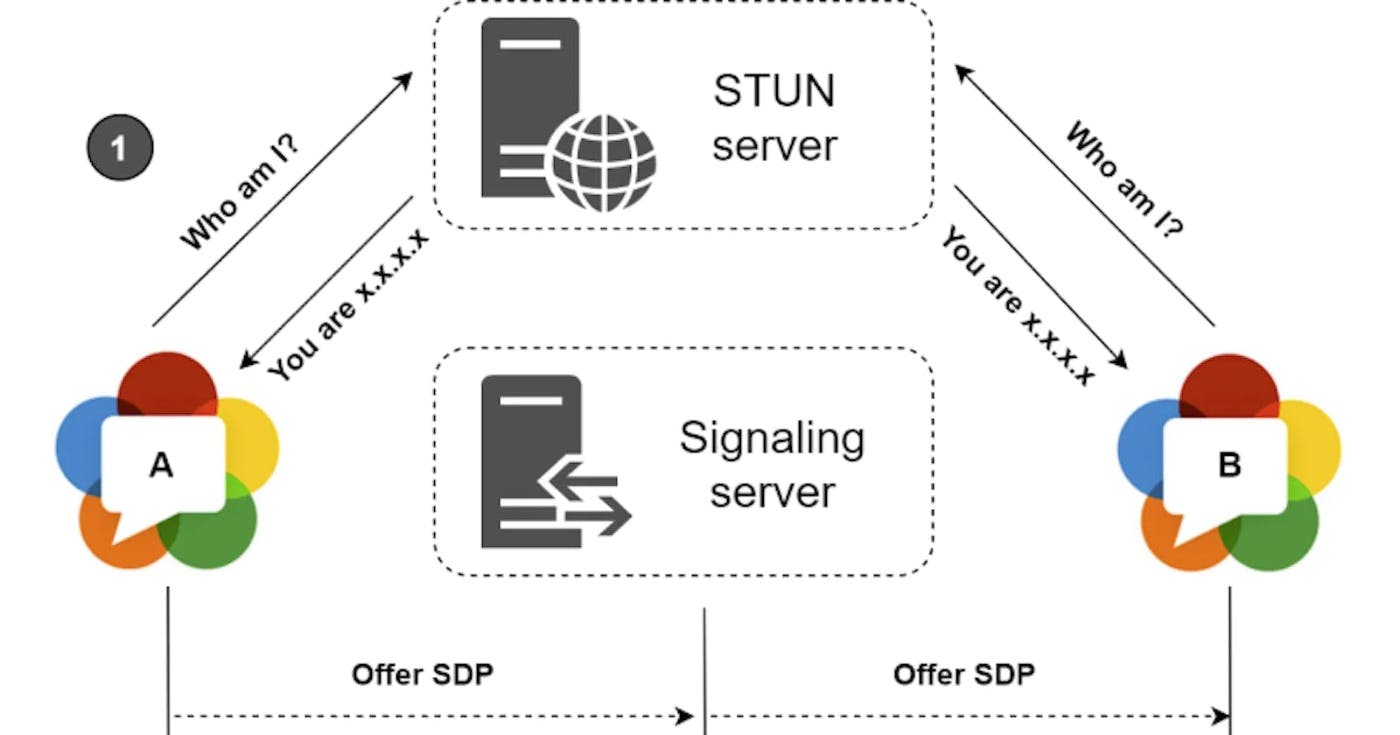Understanding STUN Servers: How They Work and Their Role in Real-Time Communication
Introduction
STUN (Session Traversal Utilities for NAT) is a protocol used in real-time communication applications to facilitate peer-to-peer connections.
It plays a crucial role in establishing direct communication between devices, overcoming NAT (Network Address Translation) and firewall restrictions.
In this article, we will explore STUN servers, how they work, and their significance in enabling seamless communication in applications like VoIP (Voice over Internet Protocol), video conferencing, and online gaming.
What is a STUN Server?
A STUN server is a network service that assists devices in discovering their public IP address and the type of NAT they are behind.
It allows devices to determine their external IP address, which is essential for establishing peer-to-peer connections. STUN is a fundamental component of WebRTC (Web Real-Time Communication) and various other VoIP and video conferencing protocols.
How STUN Works?
The primary purpose of STUN is to solve the problem created by NAT devices, which assign private IP addresses to devices within a local network.
These private IP addresses are not routable on the public internet, making direct peer-to-peer communication challenging.
STUN servers act as intermediaries between devices to enable successful communication. Here's how the process typically works:
- STUN Request: When a device wishes to establish a direct connection with another device, it sends a STUN request to a STUN server. The request contains a nonce, which helps in distinguishing responses.
- Public IP Detection: The STUN server receives the request and responds by sending back a STUN response packet. This response includes the public IP address and port number from which the request originated. It also indicates the type of NAT that the device is behind.
- NAT Type Identification: In addition to the public IP address, the STUN response specifies the NAT type. There are several types of NAT, including Full Cone NAT, Restricted Cone NAT, Port Restricted Cone NAT, and Symmetric NAT. Knowing the NAT type is crucial for the initiating device to understand how it should communicate with the remote device.
- Communication Establishment: Armed with the public IP address and NAT type information, the device can now establish a direct connection with the remote device. If both devices have Full Cone NAT, they can communicate directly. For other NAT types, techniques like NAT hole punching may be necessary.

Significance of STUN Servers:
STUN servers play a vital role in enabling peer-to-peer communication across the internet. Here's why they are essential:
- NAT Traversal: STUN servers enable devices behind NAT to determine their public IP addresses and communicate with devices on the public internet.
- Reduced Latency: By enabling direct communication between devices, STUN servers reduce the latency and routing overhead introduced by relaying traffic through intermediaries.
- Improved Quality: Direct communication often results in better call quality and lower latency, making it crucial for real-time applications like VoIP and video conferencing.
List of Open-Source Software for STUN
Certainly! There are several open-source STUN server implementations available that you can deploy to enable NAT traversal and facilitate peer-to-peer communication in your applications. Here's a list of open-source STUN server software:
- Coturn (TURN Server):
- Website: Coturn
- Description: Coturn is a popular open-source TURN and STUN server that provides a robust solution for NAT traversal. It is widely used in WebRTC applications and offers various configuration options.
- Stuntman:
- Website: Stuntman
- Description: Stuntman is a lightweight and simple STUN server written in C. It is designed to be easy to deploy and configure.
- RFC5766-TURN-Server (TURNServer):
- Website: RFC5766-TURN-Server
- Description: This is an older implementation of a TURN and STUN server based on RFC 5766. It is suitable for basic NAT traversal needs.
- Pion TURN Server:
- Website: Pion TURN Server
- Description: Pion TURN Server is a versatile and lightweight implementation of a TURN and STUN server in Go. It's designed for use with WebRTC applications.
- reTurn Server:
- Website: reTurn Server
- Description: reTurn is an open-source TURN and STUN server developed as a part of the Coturn project. It focuses on reliability and standards compliance.
- stund:
- Website: stund
- Description: stund is a Go-based STUN server that aims to be simple, lightweight, and efficient.
- Rusturn:
- Website: Rusturn
- Description: Rusturn is an experimental TURN and STUN server implementation in Rust. It's relatively new but actively developed.
Conclusion
STUN servers are fundamental components of real-time communication protocols, allowing devices behind NAT to establish direct connections over the internet.
Their role in identifying public IP addresses and NAT types simplifies the process of connecting devices and enhances the quality of real-time communication. Understanding how STUN servers work is essential for anyone involved in developing applications that rely on peer-to-peer communication.